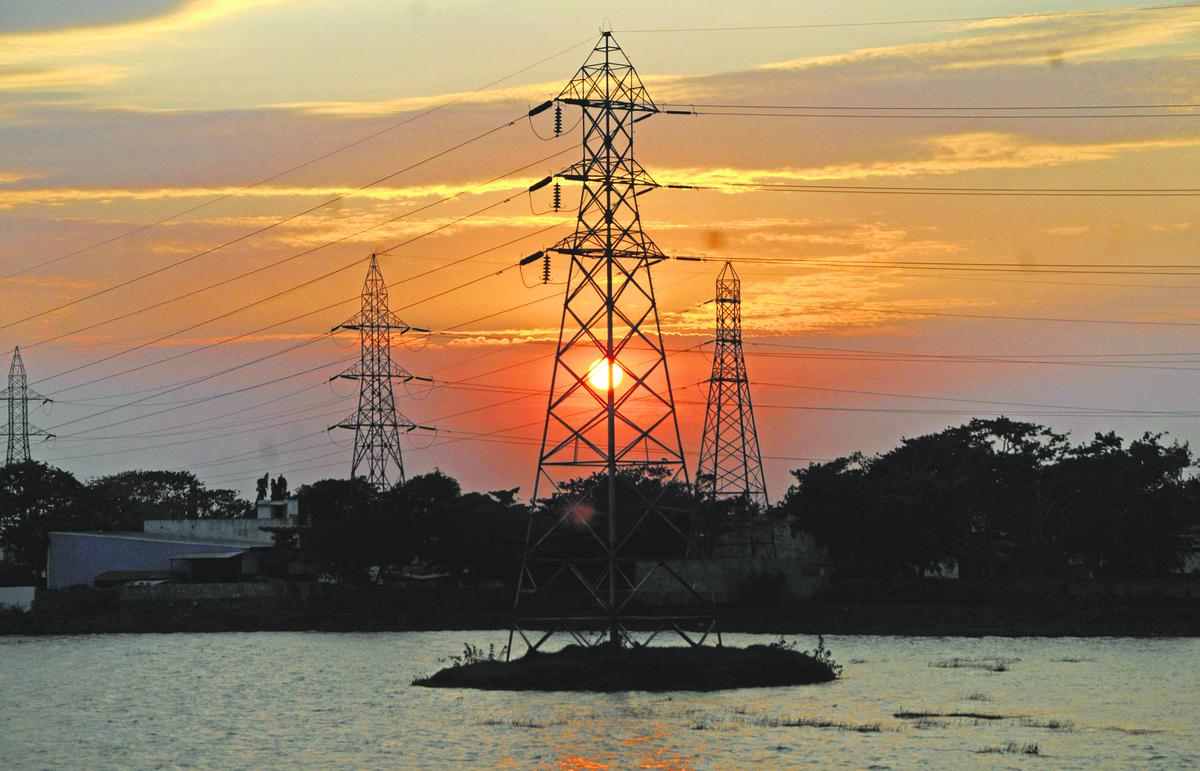CEA Disaster management plan for Power Sector
The Central Electricity Authority (CEA) has released a disaster management plan (DMP) for the power sector, in order to evolve a proactive and integrated approach to strengthen disaster mitigation, preparedness, emergency response, and recovery efforts. The power sector is one of the most critical infrastructures of the country, and any disruption due to a disaster can create hardship for human beings as every aspect of human life is directly or indirectly associated with electricity.
Background
The DMP comes as the Government is investigating instances of land subsidence in the Uk’s Joshimath, the gateway to pilgrimage sites, such as Badrinath and Hemkund Sahib. The DMP is also in conformity with the 10-point agenda articulated by the Prime Minister at the Asian Ministerial Conference on Disaster Risk Reduction in 2016. This includes investing in risk mapping globally, creating a network of universities working on disaster-related issues, leveraging social media and mobile technologies for disaster risk reduction (DRR), and building local capacities for disaster management, reduction, and relief.
Highlights of the DMP
- The DMP provides a framework and direction to the utilities in the power sector for all phases of the disaster management cycle.
- It is intended to guide all agencies within the sector with a general concept of potential emergencies and roles and assignments before, during, and following emergency situations.
- To estimate threats to power infrastructure, it is pertinent that fragility and vulnerability analysis is carried out for civil structures like buildings and foundations in transmission and distribution facilities.
Objectives of the DMP
The main objectives of the DMP are to find out the quantitative risk involved in power networks and to devise effective strategies for prevention, mitigation, response, and recovery.
Significance of DMP
Accurately assessing climate risks is challenging, hence, electric utilities can manage risks by considering different climate scenarios and potential impacts on their assets. This will ensure a reliable power supply and quick restoration even in times of extreme weather events and natural disasters. This will also be helpful for policy and decision-makers to evaluate strategies and measures for critical infrastructure planning and protection.
Month: Current Affairs - January, 2023
Category: Government Schemes Current Affairs


